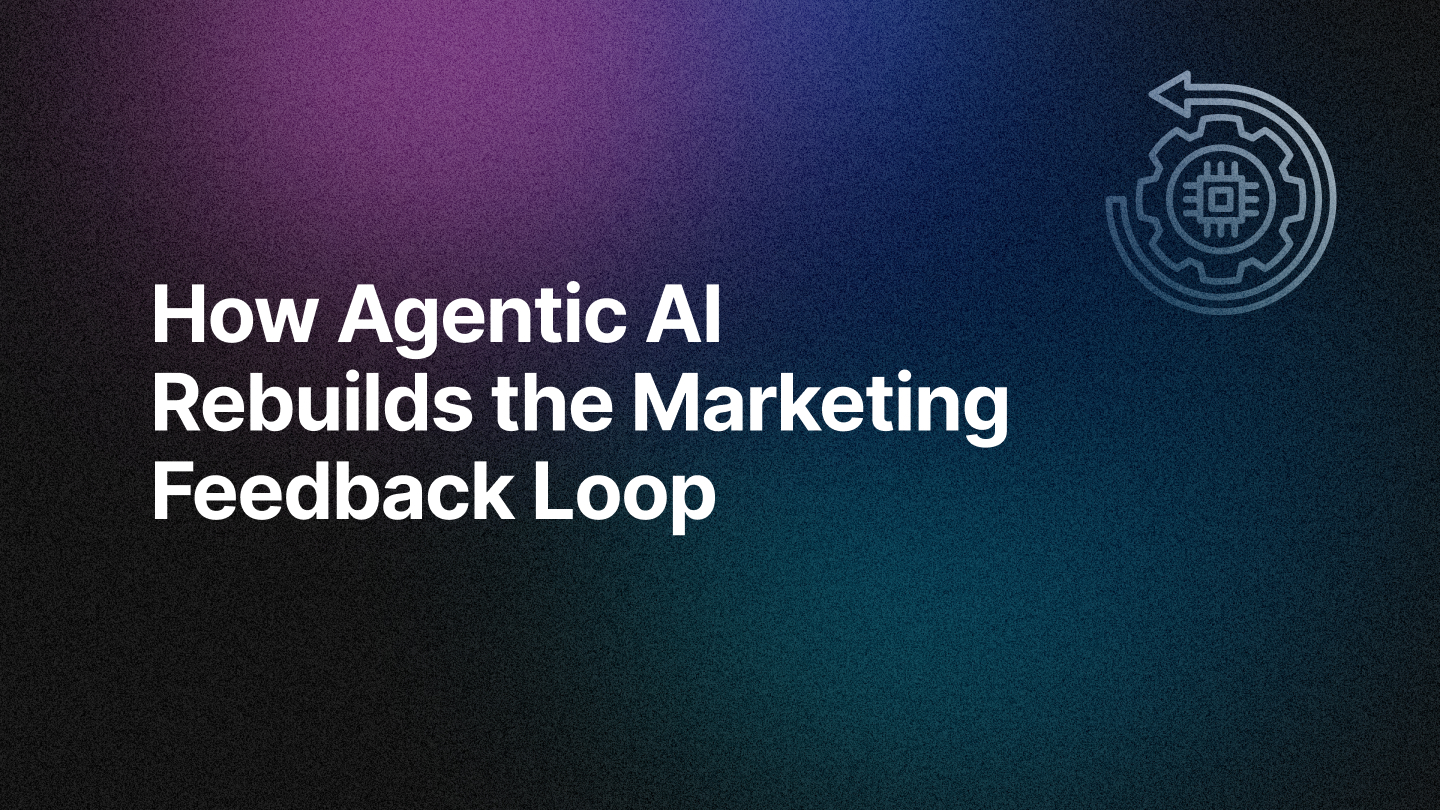B2B SaaS marketing has undergone a metamorphosis. Long gone are the days of just generating leads and passing them along to sales with a cheerful wave. Today, marketing is expected to drive revenue directly, not through abstract metrics but through hard, bankable results. If marketing doesn’t lead to revenue in a SaaS environment, it’s like shouting into the void—albeit with great branding. So, how can you truly place revenue at the heart of your B2B SaaS marketing strategy? Let’s dig in.
Align Marketing with Sales and Customer Success—Not Just on Paper, But in Spirit
Sure, you’ve heard it before: sales and marketing alignment is crucial. But in B2B SaaS, this isn’t just a bullet point in a strategy meeting—it’s the lifeblood of your company’s growth. Marketing, sales, and customer success need to share the same KPIs, particularly those that scream "revenue," like pipeline contribution, deal velocity, and customer retention rates.
If marketing campaigns aren’t influencing the late-stage pipeline, you're not marketing, you're entertaining. For marketers, this means collaborating with sales beyond the handoff. Work together to track how marketing-qualified leads (MQLs) convert into sales opportunities and revenue. And customer success? They’re your secret weapon for expanding accounts and reducing churn—two metrics that SaaS companies live and die by.
Pro Tip: Get yourself invited to those sales meetings. Yes, the ones with the numbers. Bring donuts. Everyone loves donuts.
Revenue Attribution: Follow the Money
Revenue attribution is where marketers either become heroes or villains in the B2B SaaS world. With long sales cycles and multiple touchpoints, it’s critical to track every marketing interaction and attribute it accurately to revenue. This is where full-funnel attribution models come in, allowing you to assign value to the campaigns, channels, and tactics that generate revenue—not just clicks.
By embracing multi-touch attribution, you’ll move away from vanity metrics like impressions and shift towards actual revenue contribution. It’s like making sure the credits at the end of a movie roll—so everyone knows who the real stars were. Spoiler alert: It’s usually your content team.
Focus on Retention and Expansion as Revenue Growth Drivers
In B2B SaaS, customer acquisition is only half the battle. The real game-changer? Retention and expansion. Marketing has an often-underestimated role here. By working hand-in-hand with customer success teams, marketing can deliver targeted campaigns that help reduce churn and increase upsell opportunities. Personalized email sequences, educational webinars, and strategic content can keep customers engaged and growing with your product.
If you’re ignoring retention, you’re leaving money on the table. Remember, a happy SaaS customer is like a subscription to a streaming service—sooner or later, they're going to binge more of your features.
Optimize the SaaS Funnel with Data (Because Data Is King)
Marketers in B2B SaaS are data junkies—and with good reason. Every touchpoint, from the initial visit to a free trial conversion, is an opportunity to optimize and scale your efforts. Leverage data to understand the entire customer journey, from top-of-funnel awareness to post-purchase advocacy. Are your product demos driving conversions? Is your lead nurture program effective in shortening sales cycles?
By diving deep into data, you can fine-tune your campaigns to maximize revenue. If something isn’t moving the needle towards revenue, ditch it. Yes, even that beautifully crafted, award-winning video that took three weeks and a small village to produce. It’s about results, not just aesthetics. Sorry, creative team.
Content that Closes Deals, Not Just Fills Inboxes
In SaaS marketing, content isn’t king—it’s the emperor. But not just any content. You need content that helps prospects make buying decisions and accelerate deals. Webinars, whitepapers, and case studies should all point to one thing: how your SaaS solution drives ROI.
Don’t be shy about talking dollars and cents. Show prospects the real cost of not using your solution, and how it’ll affect their revenue, growth, and sanity. If your content isn’t helping the sales team close deals, it’s just… well, content.
Pro Tip: Sprinkle in some humor in your content too. SaaS can be dry, but a little joke goes a long way in making your case study or email memorable. Just don’t go too far. “LOL” is for texting, not your buyer’s journey.
Embrace Customer-Led Growth for Sustainable Revenue
Let’s be real: happy customers are your best salespeople. In SaaS, peer recommendations and customer reviews carry more weight than any marketing campaign. You need to cultivate a community of brand advocates—customers who sing your praises from the rooftops (or, more practically, in LinkedIn posts and G2 reviews).
Customer advocacy programs, referral incentives, and user-generated content can turbocharge your marketing efforts. After all, there’s no better proof of your solution’s value than hearing it from someone who’s already experiencing it. And for SaaS companies, that often translates to faster revenue growth than paid campaigns.
Final Thoughts
Putting revenue at the heart of your B2B SaaS marketing strategy isn’t just about metrics and dashboards (although that helps!). It’s about shifting your mindset to focus on the outcomes that matter most to your business. By aligning with sales, leveraging data, and driving revenue through retention and expansion, your marketing team can move from being a supporting act to the main event in your company’s success.
Remember: If you can’t tie your marketing efforts to revenue, you’re just doing branding. Not that there’s anything wrong with that… it’s just that your CFO might disagree.
Karin Stevens, Chief Marketing Officer at Overhaul, illustrates how adopting a revenue-focused approach has been key to their significant growth since 2016. Overhaul, a provider of supply chain risk management software for Fortune 500 companies, integrated RevSure to infuse a revenue mindset into their marketing strategy. Stevens highlights how RevSure’s insights into pipeline depth and predictability have enabled her team to make data-driven decisions that directly impact revenue. The platform’s user-friendly UI and real-time dashboards have not only saved hours in reporting but also fostered better collaboration between marketing, sales, RevOps, and customer success, aligning all teams around a common goal—driving revenue growth.
Related Blogs







